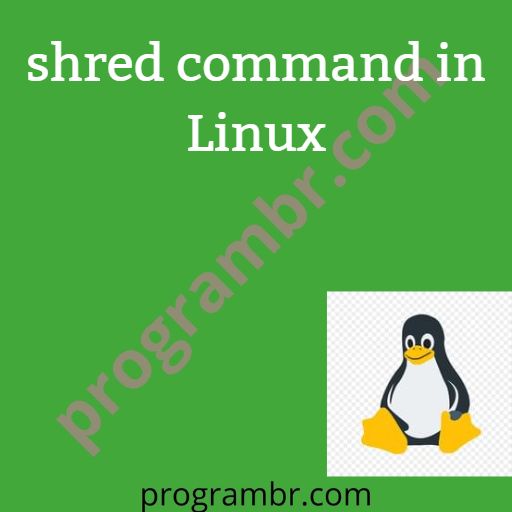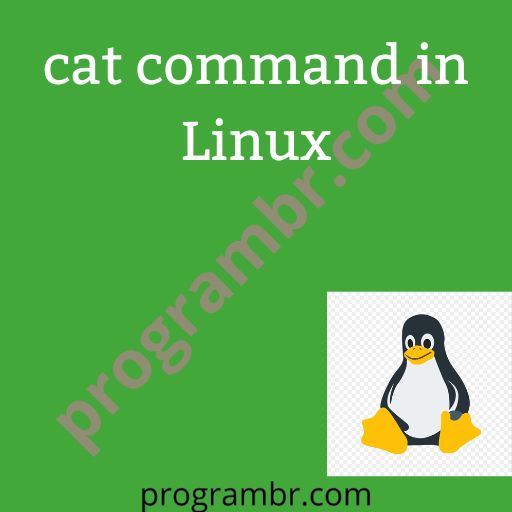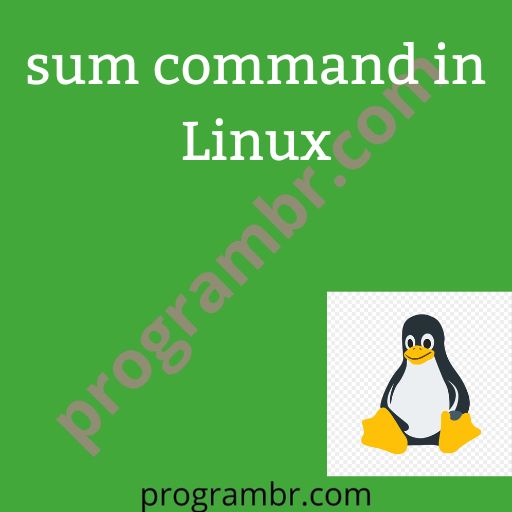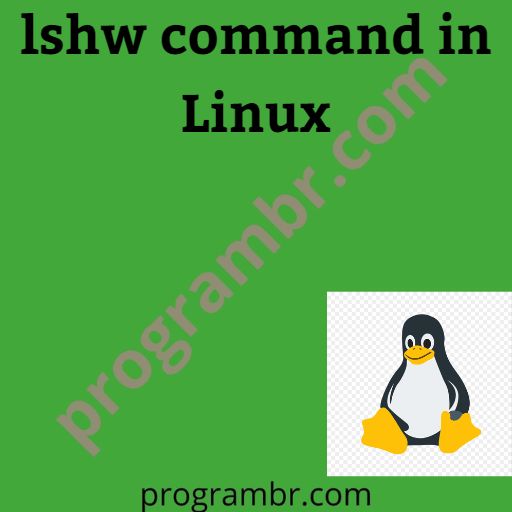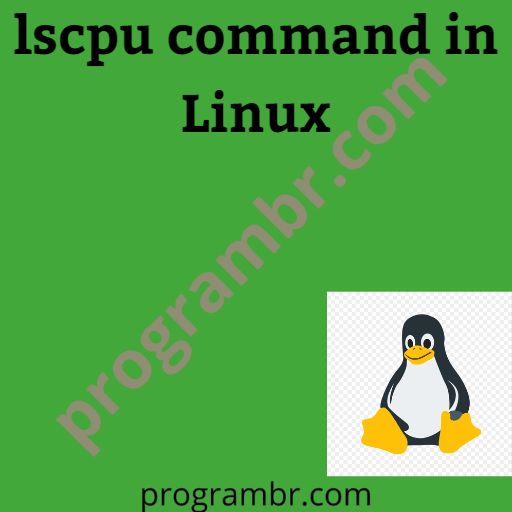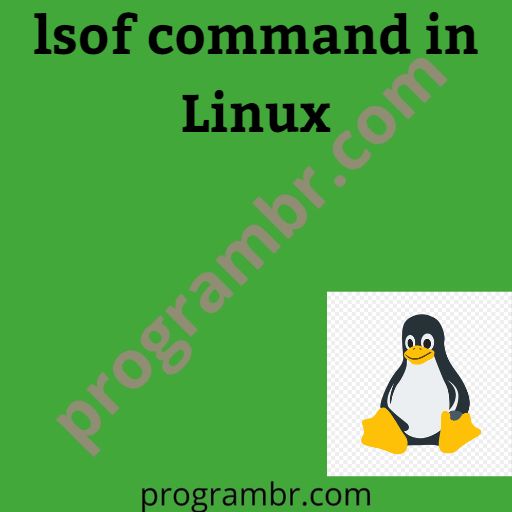shred command in Linux, Uses of shred command with examples
The shred command overwrites the contents of files in a way that makes it very difficult to recover them. When you delete a file or delete it from the trash, from Linux or any other operating system, it is not completely erased from the hard drive. shred –help shred –version shred a.txt shred -n 10 […]
shred command in Linux, Uses of shred command with examples Read More »
